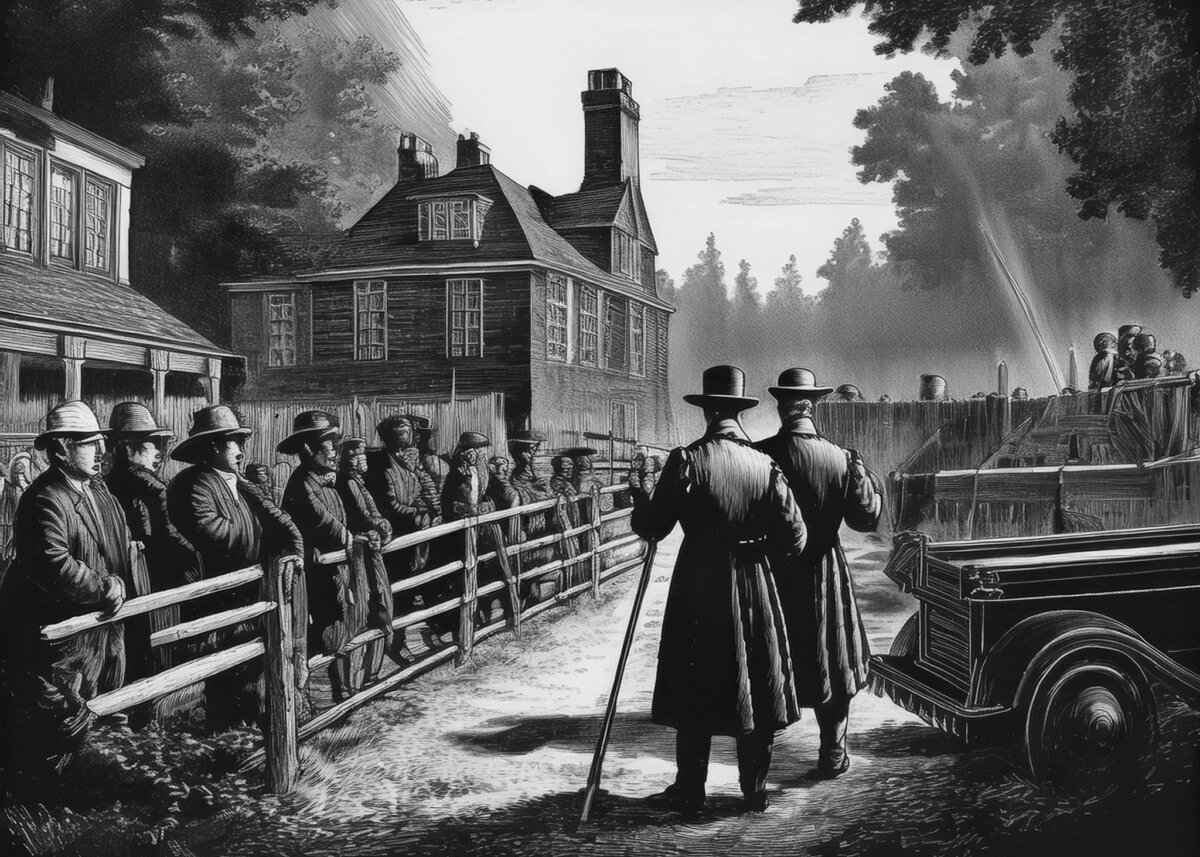Zoning is an essential tool governments and urban planners use to regulate the development and use of land within a specific area. It serves as the foundation for orderly growth, balancing the needs of residents, businesses, and the environment. This article explores the concept of zoning, its types, benefits, challenges, and role in shaping modern cities.
What is Zoning?
Zoning divides land into sections, or “zones,” each designated for specific uses. These uses may include residential, commercial, industrial, agricultural, or recreational. Zoning regulations dictate how land within these zones can be utilized, including the type of structures that can be built, their size, and their placement.
The primary goal of zoning is to create a harmonious urban environment by separating incompatible land uses and encouraging compatible development. For example, zoning prevents factories from being built in the middle of residential neighborhoods, ensuring safety and preserving quality of life.
Types of Zoning
1. Residential Zoning
Residential zoning regulates areas designated for housing. It defines the types of residences allowed, such as single-family homes, multi-family apartments, or mobile homes. It may also include restrictions on building heights, setbacks, and the density of housing units.
2. Commercial Zoning
This type of zoning governs areas for business activities, such as retail stores, offices, restaurants, and entertainment venues. Commercial zoning often includes subcategories to accommodate different types of businesses and their impact on traffic and neighboring areas.
3. Industrial Zoning
Industrial zoning pertains to areas designated for manufacturing, warehousing, and other industrial activities. These zones are often located away from residential areas to minimize noise, pollution, and heavy traffic.
4. Agricultural Zoning
Agricultural zoning is designed to preserve farmland and limit urban sprawl. It regulates activities related to farming, livestock raising, and other agricultural practices.
5. Mixed-Use Zoning
Mixed-use zoning allows residential, commercial, and sometimes industrial uses within the same area. This type of zoning is prevalent in urban developments that aim to reduce commute times and create vibrant, walkable communities.
6. Recreational Zoning
Recreational zoning applies to land for parks, open spaces, and recreational facilities. This ensures that cities have dedicated areas for leisure and outdoor activities.
Benefits of Zoning
1. Orderly Development
Zoning helps prevent haphazard development by ensuring land is used for its designated purpose. This promotes a structured and aesthetically pleasing urban layout.
2. Protection of Property Values
Zoning helps maintain property values by separating incompatible land uses. For example, homeowners benefit from knowing that a noisy factory cannot be built next door.
3. Environmental Conservation
Zoning can protect natural resources by designating conservation, agriculture, or low-impact development areas. It helps mitigate urban sprawl and preserve green spaces.
4. Improved Quality of Life
Zoning regulations promote public health and safety by separating hazardous activities from residential areas and ensuring access to parks and schools.
5. Encouragement of Economic Growth
Commercial and industrial zoning attracts businesses and industries, creating jobs and boosting the local economy. Mixed-use zoning, which combines residential and commercial spaces, can also stimulate economic activity.
Challenges of Zoning
1. Restrictive Regulations
Strict zoning laws can limit development opportunities, making it difficult for cities to adapt to changing needs. For instance, overly restrictive residential zoning may contribute to housing shortages.
2. Inequity
Zoning has historically been used to segregate communities based on socioeconomic status or race, leading to disparities in access to resources and opportunities. Addressing these inequities remains a significant challenge.
3. Urban Sprawl
While zoning can help organize development, it can encourage urban sprawl if not implemented thoughtfully. Sprawl increases reliance on cars, contributes to environmental degradation, and reduces community cohesion.
4. Complexity and Cost
Navigating zoning regulations can be complex and time-consuming for developers and property owners. Compliance often involves additional costs, which can discourage investment.
5. Resistance to Change
Communities often resist changes to zoning laws, even when updates are necessary to address modern challenges. This resistance can hinder progress and innovation.
Modern Trends in Zoning
Urban planners continually adapt zoning practices to address contemporary issues such as climate change, housing affordability, and technological advancements. Some emerging trends include:
1. Smart Zoning
Smart zoning integrates technology and data analytics to create dynamic, adaptable policies. This approach enables cities to respond more effectively to real-time needs and challenges.
2. Inclusionary Zoning
Inclusionary zoning requires developers to include affordable housing units in new residential projects. This policy aims to address housing shortages and promote socioeconomic diversity.
3. Transit-Oriented Development (TOD)
TOD focuses on creating high-density, mixed-use developments near public transit hubs. This reduces dependence on cars, promotes sustainable transportation, and fosters walkable communities.
4. Green Zoning
Green zoning emphasizes sustainable practices, such as energy-efficient buildings, renewable energy installations, and the preservation of natural habitats. It aligns with broader environmental goals to combat climate change.
Case Studies
1. New York City, USA
New York City’s zoning regulations have evolved to address the unique challenges of a densely populated metropolis. Initiatives such as rezoning underutilized industrial areas for residential and commercial development have supported the city’s growth.
2. Copenhagen, Denmark
Copenhagen is renowned for its innovative zoning practices, which prioritize sustainability and livability. The city’s policies encourage cycling, green spaces, and mixed-use developments, creating a model for sustainable urban planning.
3. Mumbai, India
Mumbai’s zoning policies face challenges related to rapid population growth and limited land availability. Recent reforms aim to increase floor space index limits, encouraging vertical development to accommodate the city’s needs.
The Future of Zoning
As cities grow and evolve, zoning will play a critical role in shaping their future. Key priorities will be balancing the needs of diverse stakeholders, addressing environmental concerns, and promoting equitable development.
Innovations in zoning practices, supported by technology and inclusive policies, have the potential to create more sustainable, vibrant, and resilient urban environments. By understanding and adapting zoning frameworks, cities can navigate the complexities of modern urbanization and build a better future for all.
Conclusion
Zoning is more than just a regulatory framework; it is vital for designing livable, sustainable, and prosperous cities. While it comes with challenges, thoughtful zoning policies can address these issues and unlock the full potential of urban spaces. As we continue to innovate and adapt, zoning will remain at the heart of urban planning, guiding the development of cities that meet the needs of their inhabitants and the planet.
Learn more about our comprehensive title insurance services here.
Thank you for reading! If you enjoyed this article and want to explore more content on similar topics, check out our other blogs at Sonic Loans, Sonic Realty, and Sonic Title. We have a wealth of information designed to help you navigate the world of real estate and finance. Happy reading!
When it comes to property ownership, there are a variety of legal terms and...
Common Title Defects and Their Legal Implications When purchasing real estate, one of the most...
What Public Records Are Searched During a Title Examination? A title examination is a crucial...
Introduction Buyers and investors must consider that one of the most critical aspects when purchasing...
When purchasing a home, understanding the various types of insurance available can be overwhelming. Among...
The Evolution of Title Insurance: From 1868 to Today Title insurance, an essential component of...
Introduction The title insurance industry, long characterized by manual processes, extensive paperwork, and lengthy closing...
Buying a home is a significant financial milestone. For first-time buyers, the process can be...
What Exactly Is Title Insurance? A First-Time Buyer’s Complete Guide Purchasing a home is an...

















